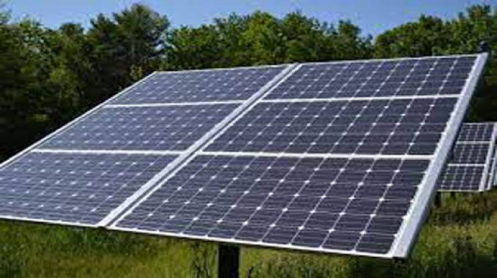The state’s highest court granted review to a lawsuit challenging a “regressive” rooftop solar policy called NEM 3.0.
A controversial rooftop solar rulemaking decision has risen to the Supreme Court of California, with the state’s highest court granting review for a petition filed by the Center for Biological Diversity.
The case involves NEM 3.0, a rate structure that went into effect in April 2023. The California Public Utilities Commission (CPUC) approved a request by the state’s largest investor-owned utilities to cut compensation to customers that export excess solar generation to the grid, a process called net energy metering.
Net metering rates were rapidly cut by 80% under NEM 3.0. This change, combined with a high interest rate environment, has pushed the state’s robust rooftop solar industry off a cliff, damaging the return on investment for homeowners, and leading to more than 17,000 solar jobs lost, demand falling 80% post-implementation, and numerous companies filing for bankruptcy.
“The commission’s new rooftop solar policy enables the utilities’ self-interested attack on rooftop solar,” said Bill Powers, an energy expert with The Protect Our Communities Foundation. “The real problem is heedless pursuit of maximum profit by the utilities at the expense of reasonable rates and commonsense climate action.”
The petition under review raises the question: “By ignoring the acknowledged societal and other benefits of customer-sited renewable generation and assigning value solely to limited economic benefits, did the Commission fail to proceed in the manner required by section 2827.1(b)(3), which mandates that a net energy metering tariff must be ‘based on the costs and benefits of the renewable electrical generation facility?’”
Rooftop solar offers “myriad benefits for the environment and consumers,” said a report from Environment America. This includes reducing the need for dirty power plants and expensive transmission lines, providing lower costs, and increasing the grid’s resilience to extreme weather and other shocks.
“The Supreme Court’s decision is a ray of hope for rooftop solar at a time when plummeting installations and massive layoffs are wrecking this vital industry and jeopardizing California’s climate goals,” said Roger Lin, a senior attorney at the Center for Biological Diversity.
Analysis from the California Solar and Storage Association (CALSSA) shows that the state is unlikely to meet its clean energy targets without a robust rooftop solar market. The California Energy Commission (CEC) projects that the state will need to build 6 GW of solar-plus-storage every year for the next 26 years straight to meet the 2045 target. Over the past five years, California has only averaged about half of the 6 GW deployment figure.
“We started to get on pace in the past two years, but it is driven at least 50% by the distributed [rooftop solar] market,” said CALSSA executive director Bernadette del Chiaro.
CPUC moved forward with NEM 3.0 despite filed requests for delays to run a complete cost-benefit analysis of the rate structure that considers non-energy benefits of distributed rooftop solar. Critics of the regulatory proceeding allege that the decision was made on internal data and analysis from the state’s largest investor-owned utilities.
A report from the Center for Biological Diversity explains why utilities are motivated to gut rooftop solar and maintain their traditional profit model.
Read more on California’s electricity multi-crisis and the potential role for distributed technologies like rooftop solar and battery energy storage virtual power plants to help alleviate the state’s problems.





